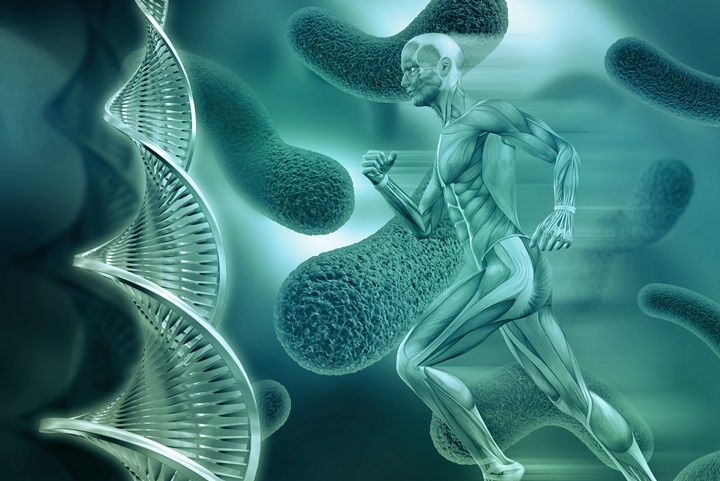
Scientists working in the field of regenerative medicine continue to make important breakthroughs. A new stem cell breakthrough has put them one step closer to growing replacement body organs for human beings.
This new stem cell breakthrough has occurred thanks to the zebrafish — a tiny fish found in Southeast Asia. These fish are often used for medical testing because their physiology is similar to that of humans. They have the same major organs as humans, including a heart, kidneys, two eyes, and a liver. Zebrafish share about 70% of the genes that human beings have.
This most recent stem cell breakthrough was made by researchers from Australia’s Monash University. They found a protein in zebrafish that plays an important role in regulating muscle growth. The protein, called Meox1, is found in stem cells.
Meox1 appears to be responsible for choosing which stem cells are used for growing organ tissue when it is needed. In other words, it can tell stem cells apart and knows which cells are capable of changing into the right type of cell.
This finding is very important because it helps researchers understand how stem cells know what to do. This protein is guiding their actions, activating the stem cells the body needs.
Professor Peter Currie, from Monash University, explains the importance of these findings: “Prior to our work in this field, we didn’t even know that these growth-specific stem cells existed or how they were used. Just knowing that they exist leads us to the possibility of orchestrating them, controlling them, or reactivating them to regrow damaged tissue. If we’re ever going to grow complete organs in the laboratory or directly in a patient’s body, we have to know how to grow them properly.”
This important finding put researchers one step closer to growing fully formed human organs in a laboratory setting.
Source: Stem Cell Breakthrough Brings Us One Step Closer To Growing Replacement Body Organs
{{cta(‘d59882b5-74e2-4033-be94-d4c340e1978c’)}}


